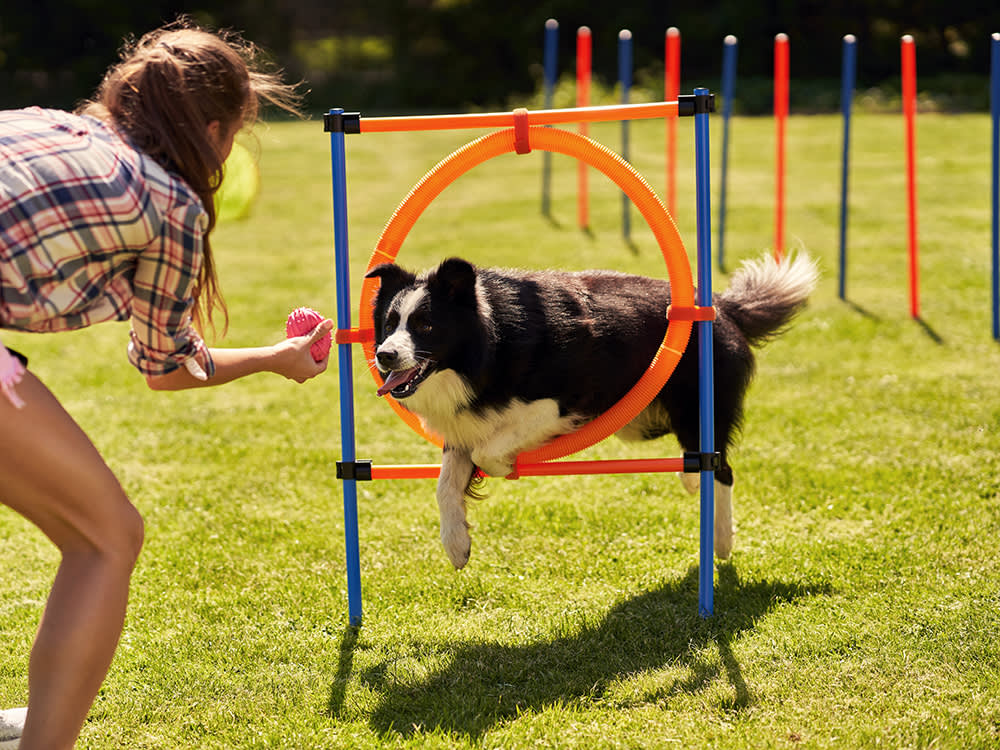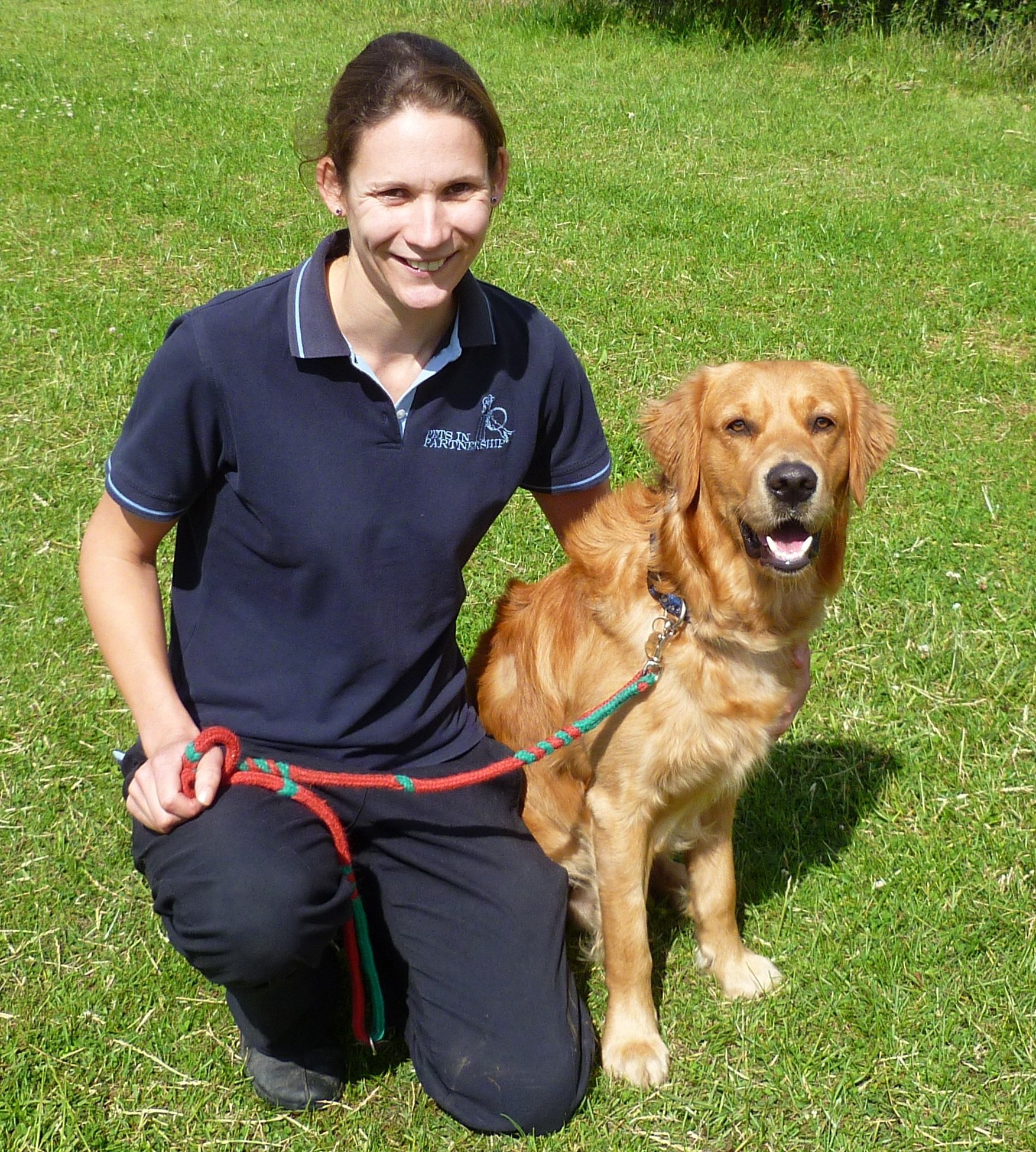Transform Your Dog's Actions With Proven Training Approaches
Transforming your pet dog's behavior needs a nuanced understanding of their private traits and demands, as well as the application of proven training techniques. By employing favorable reinforcement and identifying necessary cues in their body language, you can effectively deal with common behavior issues such as extreme barking or leaping. Consistency in your training strategy not only boosts obedience however also cultivates a deeper bond of count on and respect between you and your pet. Nonetheless, the path to effective improvement may offer unexpected obstacles that warrant additional expedition.
Recognizing Pet Behavior
Comprehending pet behavior is important for reliable training and communication between humans and their canine buddies. Pets, as social pets, show a series of habits influenced by genetics, setting, and experiences - Dog training. Identifying these behaviors helps proprietors customize their training approaches to satisfy the certain demands of their dogs
Secret elements of pet behavior consist of body movement, vocalizations, and social interactions. For circumstances, a wagging tail commonly indicates enjoyment, while a lowered head may signify submission or concern. Understanding these signals can help proprietors analyze their pet's mood and respond appropriately. Furthermore, socializing plays an important role in forming habits; pet dogs that communicate favorably with different people and various other animals are usually much more well-adjusted and adaptable.
In addition, identifying stress signals-- such as panting, pacing, or avoidance habits-- can stop acceleration into much more major problems. Owners who are attuned to their dog's actions can develop a nurturing and safe setting, cultivating depend on and improving the training process. Ultimately, a deep understanding of canine behavior lays the foundation for an unified connection and effective training outcomes, ensuring both pets and their proprietors thrive with each other.
Favorable Reinforcement Techniques
Favorable reinforcement techniques are extensively acknowledged as one of the most reliable techniques for training canines, fostering a favorable discovering environment. This strategy includes rewarding wanted habits with treats, praise, or play, thereby encouraging the pet dog to duplicate those habits. Unlike vindictive techniques, positive reinforcement constructs depend on and enhances the bond in between the canine and the trainer.
Incentives should be given promptly complying with the wanted actions to aid the pet dog make the link. Uniformity is likewise important; utilizing the same commands and benefits aids the dog comprehend what is expected.
It is essential to note that favorable support is not concerning bribery; instead, it is concerning enhancing etiquette. Gradually, as the canine finds out to connect certain actions with favorable outcomes, the regularity of rewards can be slowly decreased, transitioning to spoken appreciation or periodic rewards. This method not only encourages obedience however also promotes a confident and happy canine, making training an extra enjoyable experience for both parties entailed.
Attending To Common Concerns
Addressing common concerns during canine training is essential for making certain a successful and harmonious connection in between the pet and its owner. Lots of canine owners encounter behavioral challenges, such as extreme barking, jumping, and chain pulling. Comprehending the origin of these behaviors is critical for efficient training.
Excessive barking may come from monotony, anxiety, or a lack of socializing. To minimize this, provide ample workout, psychological stimulation, and opportunities for social interaction with both humans and other dogs. Leaping can typically suggest enjoyment or a wish for focus. Educating the dog to sit upon greeting can reroute this actions favorably.
Leash drawing is one more prevalent problem, regularly resulting from a pet dog's enthusiasm to explore. Utilizing appropriate chain handling techniques, integrated with training procedures that urge loose-leash walking, can considerably enhance this actions.
In enhancement, issues like resource securing or splitting up anxiety require tailored techniques. Progressive desensitization and counter-conditioning can be efficient in resolving these obstacles. By acknowledging and proactively handling these typical problems, pet dog proprietors can cultivate a much more satisfying training experience and enhance the bond with their canine friends.
Uniformity in Training

To achieve uniformity, it is crucial that all members of the family comply with the exact same training methods. Utilizing the exact same verbal hints and hand signals ensures that the pet receives consistent messages. In addition, the timing of corrections and benefits need to correspond; immediate reinforcement boosts the likelihood that the canine will connect the behavior with the result.
Additionally, establishing a routine can better enhance uniformity. Regular method sessions, coupled with structured routines for feeding, strolling, and playtime, assistance pets expect and recognize their environment, making them extra receptive to training. Eventually, uniformity promotes a feeling of safety and trust, equipping pets to get more information effectively. By dedicating to an organized approach, fitness instructors can advertise positive habits modifications and grow a well-mannered buddy.
Structure a Solid Bond
Just how can cultivating a solid bond in between a pet dog and its owner improve the training experience? A solid relationship built on trust and look at here regard functions as the structure for efficient training. When a pet dog feels protected in its connection with its owner, it is most likely to show favorable actions and be responsive to discovering. This bond urges the pet to involve completely in training sessions, as it watches the owner as a source of support and assistance.
In addition, a solid bond helps with better communication. Pets are skilled at checking out human hints, and a relying on connection enables more clear signals throughout training. Owners that invest time in structure this bond with play, socialization, and positive support develop a setting where canines really feel inspired and eager to find out.
Additionally, a reputable connection can decrease stress and anxiety and behavioral concerns, as pets are less likely to act out when they really feel understood and looked after. As a result, focusing on the growth of a solid bond not only enhances the training experience yet likewise adds to a site link happier and extra well-adjusted canine. Eventually, the trip of training transforms into a collaborative collaboration, leading to lasting behavior improvements.
Conclusion

Proprietors who are attuned to their canine's behavior can create a safe and caring atmosphere, promoting count on and enhancing the training process. Ultimately, a deep understanding of canine actions lays the structure for an unified connection and efficient training outcomes, guaranteeing both canines and their proprietors grow with each other.
Dealing with common issues throughout pet training is essential for ensuring a effective and unified relationship in between the pet and its owner.Consistency is a keystone of reliable pet dog training, as it establishes a clear framework for the pet to understand behaviors and assumptions.In verdict, transforming a canine's habits through confirmed training approaches needs an understanding of canine behavior, the application of positive support strategies, and a focus on uniformity.